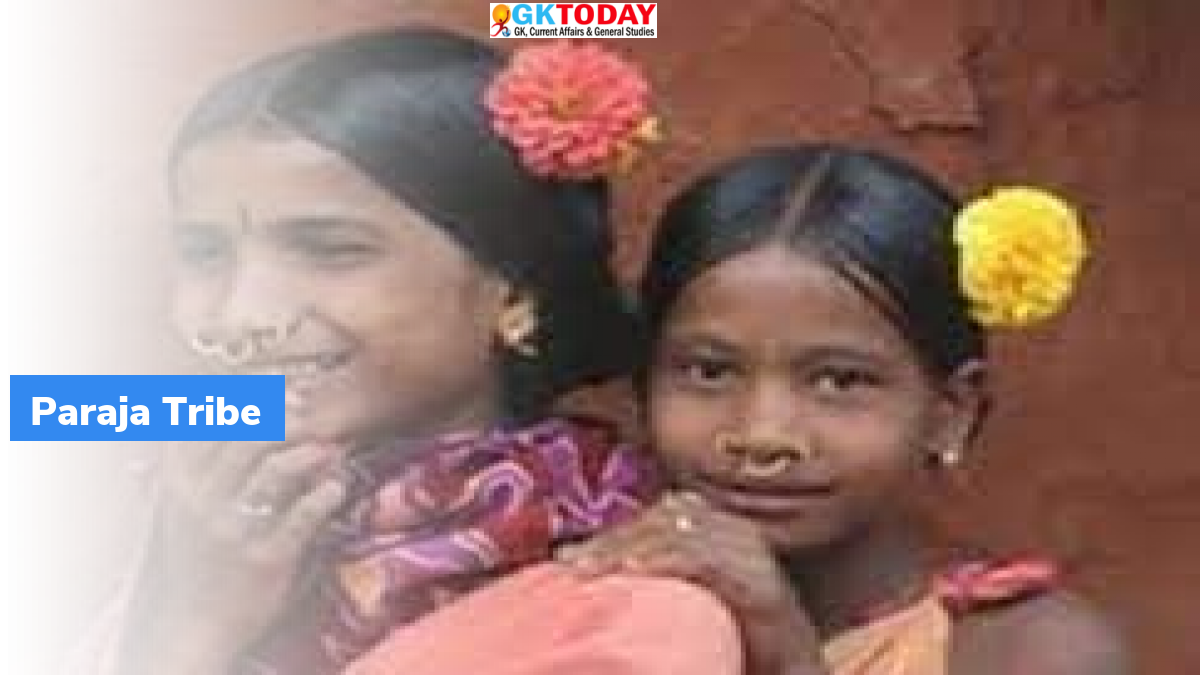Paraja Tribe
The Paraja Tribes are the major tribes of Odisha. According to 2011 census, there are 74,253 Paraja tribes in Nabarangpur district of Odisha.
About Paraja Tribes
The Paraja Tribes are inhabiting India since 2nd century AD. Their original home was the Bastar region of Chhattisgarh. They migrated to Odisha. They are a conglomeration of various sections. They show greater cultural differences as compared to the other tribal communities. These differences shall be found in ornament, settlement pattern, dress, economic life, customs, belief and worship and folk tradition.
Mother Tongue
The mother tongue of the Paraja tribes is Porji. It is a form of Gondi belonging to the Dravidian family of languages.
Agriculture
The Paraja Tribes are hill cultivators. They are fond of cattle wealth. However, in Nabarangpur district of Odisha, they are doing settled cultivation.
Issues related to Paraja Tribes
The Odisha Government extended a Bauxite mining project to HINDALCO. The project has been proposed in Mali Hills. The Paraja Tribes in the region oppose the project greatly. According to them, the project will destroy their livelihood. There are around 170 families in the region. Also, they claim that the hills have 36 perennial streams (Streams that have water all 365 days of the year are perennial streams. The streams that have water only during certain months of the year are seasonal streams). The streams will be affected due to the mining. The mining will also affect the dense forest and wildlife in the hills. The Paraja tribes grow sugarcane, paddy, wheat and vegetables throughout the year. Their cultivation will be greatly affected. Also, the Paraja tribes get fish and prawns from the streams. The tribal opposition to the Bauxite mining project dates back to 2003. In 2006, the HINDALCO got environmental clearance to mine bauxite. The region has 14 million tonnes of bauxite reserve. The company was approved to extract 0.6 million tonnes.
What is EIA report on the issue?
The Environmental Impact Assessment on the region says that none of the streams in the region are perennial. However, the people in the region and the environmentalists claim that these streams are highly crucial for the Paraja Tribe. Also, these streams have major role in contributing water to the upper Kolab dam reservoir.


